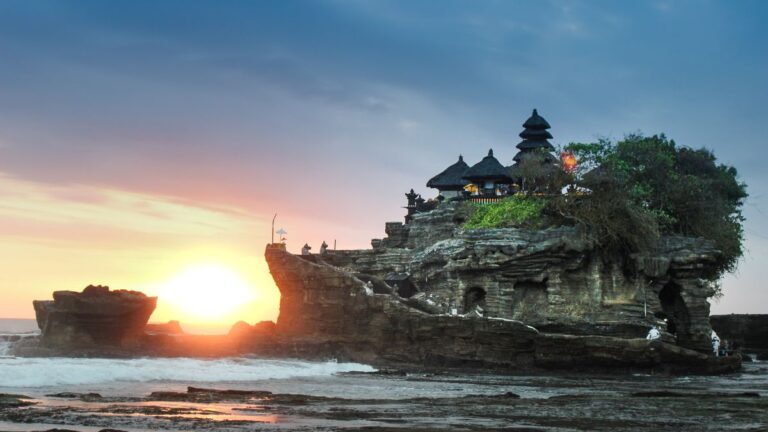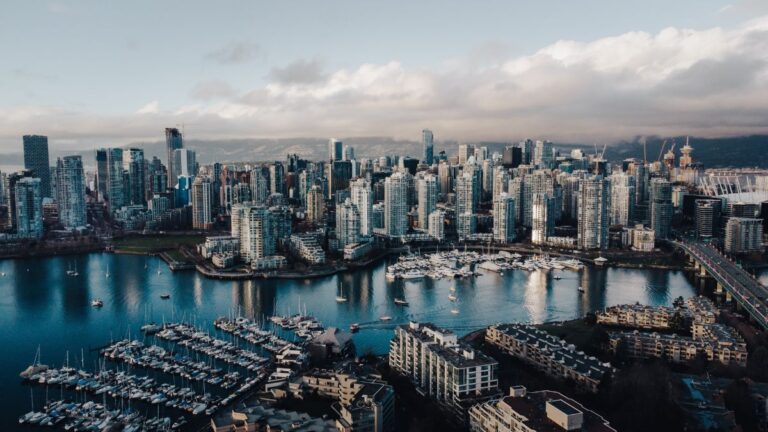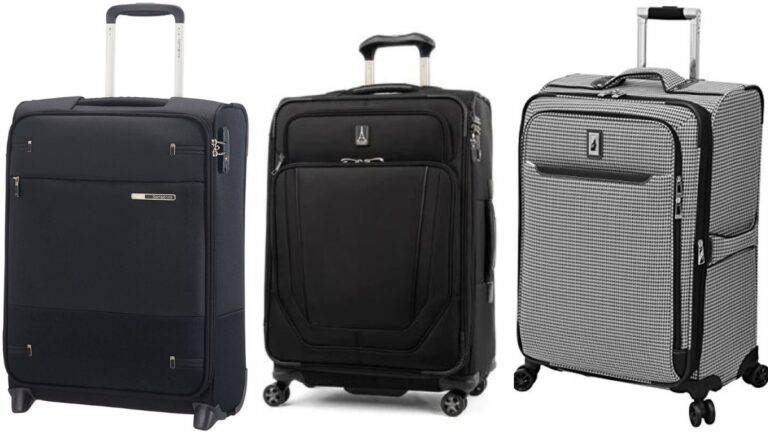Worst Time To Visit Bangkok: Don’t Go During These Months
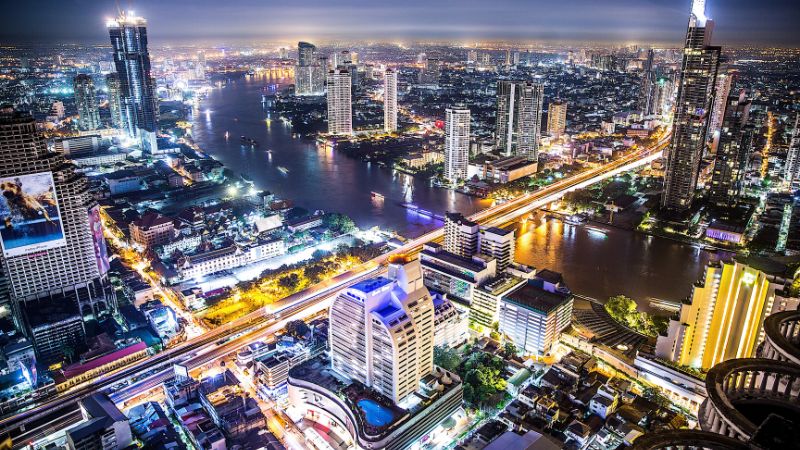
As participants in Amazon Associates and other programs, we earn from qualifying purchases. This comes at no additional cost to you. For more details, see our Affiliate Disclosure.
Bangkok, the capital city of Thailand, is a bustling metropolis that attracts millions of tourists every year. From the vibrant street markets to the ornate temples, Bangkok is a city that offers a unique cultural experience that is hard to find anywhere else in the world. However, with its tropical climate, planning a trip to Bangkok requires careful consideration of the weather conditions. Some months may be ideal for tourists, while others may make the trip less enjoyable.
This article will explore the worst time to visit Bangkok and why you should avoid traveling during certain months. We will look at the climate in Bangkok and how it can affect your travel experience, as well as other factors that may impact your trip, such as peak tourist seasons and local events. So if you’re planning a trip to Bangkok and want to make the most of your time there, keep reading to find out which months to avoid.
Understanding Bangkok’s Climate: A Guide to the Seasons
Bangkok has a tropical climate, which is hot and humid throughout the year. The city experiences three seasons – the hot season, the rainy season, and the cool season. The hot season, which runs from March to May, is the hottest time of the year, with temperatures often reaching 40°C (104°F). The heat and humidity during this season can make it difficult to spend time outdoors, and visitors may feel tired and uncomfortable.
The rainy season in Bangkok runs from June to October; during this time, the city experiences frequent downpours and thunderstorms. While the rain can relieve the heat, it can also make exploring the city’s outdoor attractions difficult. The heavy rain can cause flooding and traffic disruptions, making it challenging to get around the city.
However, the rain also brings out the lush greenery and vibrant flowers that make Bangkok a beautiful city to explore. It is important to note that while the rain can be heavy, it usually only lasts for a few hours, and then the skies clear up again.
The Hottest Months: Avoiding Bangkok’s Scorching Heat
The hottest months in Bangkok are from March to May, with temperatures often reaching up to 40°C (104°F). The heat and humidity during this season can make it difficult to spend time outdoors, and visitors may feel tired and uncomfortable. To avoid Bangkok’s scorching heat, visitors can:
- Stay indoors during the hottest day, usually between 11 am and 3 pm.
- Wear light, breathable clothing made of natural fibers like cotton or linen.
- Use sunscreen with a high SPF and reapply it often, as the sun’s rays can be intense.
- Stay hydrated by drinking plenty of water and avoiding sugary or alcoholic drinks.
- Take frequent breaks in air-conditioned spaces, such as shopping malls or cafes.
- Plan indoor activities, such as visiting museums or art galleries, during the hottest part of the day.
By following these tips, visitors can avoid the worst of Bangkok’s scorching heat and still enjoy all the city has to offer. It is also important to remember that many of Bangkok’s attractions, such as temples and markets, are open early in the morning and late in the afternoon, so visitors can plan their activities around the cooler parts of the day.
Monsoon Season: Navigating Bangkok’s Rainy Weather
The monsoon season in Bangkok runs from June to October; during this time, the city experiences frequent downpours and thunderstorms. While the rain can relieve the heat, it can also make exploring the city’s outdoor attractions difficult. Visitors can still navigate Bangkok’s rainy weather by:
- Carrying a waterproof jacket or umbrella to stay dry during sudden downpours.
- Wearing appropriate footwear that can withstand rain and potential flooding.
- Using a waterproof bag to protect electronic devices and important documents.
- Checking the weather forecast regularly to plan activities around the rain.
- Visiting indoor attractions, such as shopping malls or museums, during heavy rain.
- Embracing the rain and experiencing Bangkok’s lush greenery and vibrant flowers during this season.
Navigating Bangkok’s rainy weather during the monsoon season requires some preparation, but it is still possible to have an enjoyable trip. Following these tips, visitors can stay dry and safe and experience the city’s unique culture and attractions.
Peak Tourist Season: Dealing with Crowds and Higher Prices
Peak tourist season in Bangkok runs from November to February, when the weather is cooler and drier, making it an ideal time to visit. However, this also means that the city is packed with tourists, and prices for accommodations and attractions are often higher. Dealing with crowds and higher prices during peak tourist season requires some planning, but there are ways to make the most of your trip:
- Book accommodations and attractions in advance to avoid sold-out tickets or higher prices.
- Visit popular tourist attractions early in the morning or late afternoon to avoid crowds.
- Consider visiting lesser-known attractions that are off the beaten path.
- Explore different neighborhoods in Bangkok to experience a different side of the city.
- Take public transportation or use ride-hailing services to avoid traffic and parking issues.
- Be patient and expect longer wait times for popular attractions like temples or markets.
With these steps, visitors can still have a memorable trip to Bangkok during peak tourist season, even with the crowds and higher prices. It is important to remember that planning and being flexible can go a long way in making the trip more enjoyable.
Local Events and Festivals: Planning Around Bangkok’s Cultural Calendar
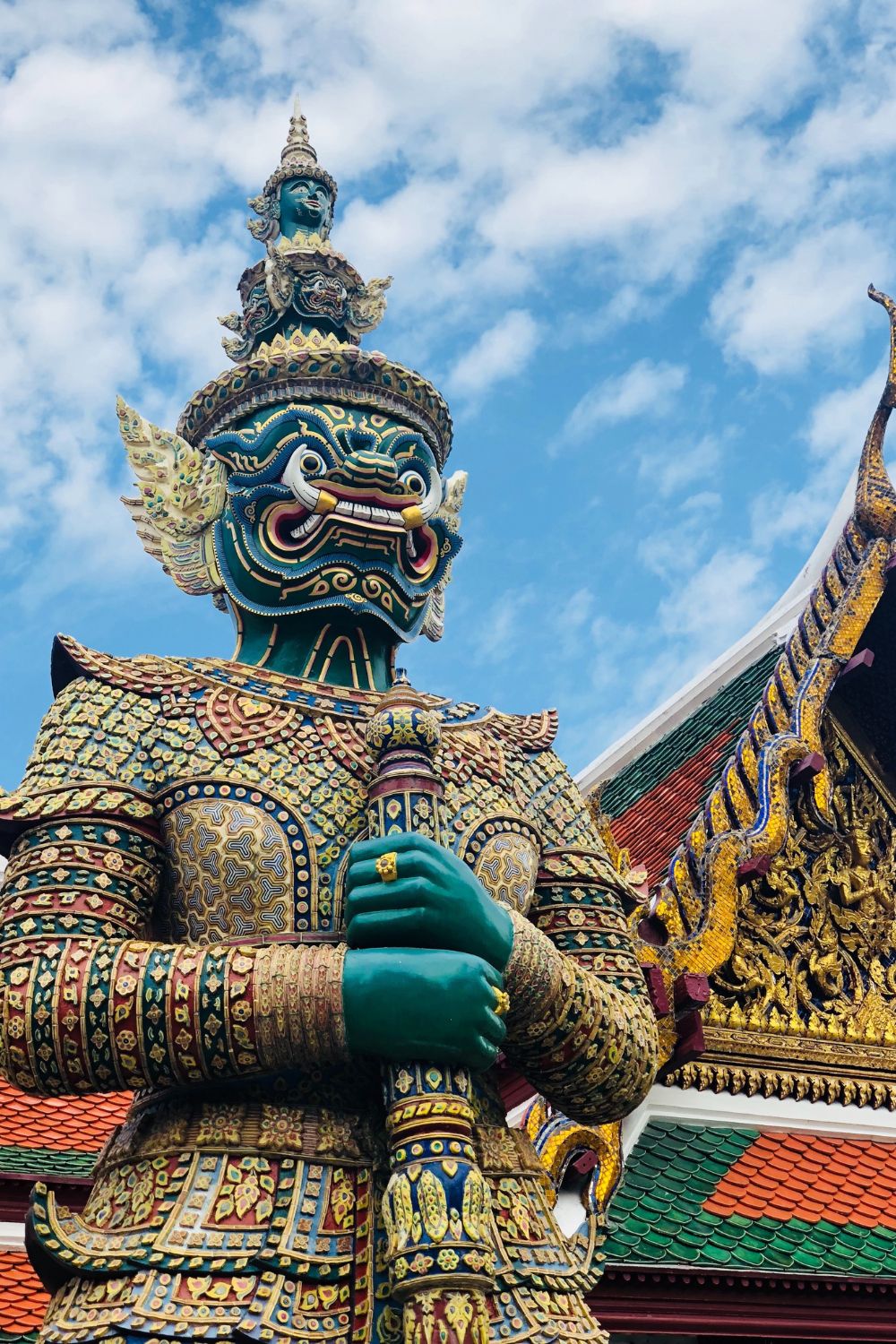
Bangkok is known for its vibrant culture and celebrations, and planning a trip around local events and festivals can be an excellent way to experience the city’s unique traditions. Some of the popular events and festivals in Bangkok include the following:
- Songkran (Thai New Year) – takes place in mid-April and involves a water festival where people splash each other with water to cleanse the body and mind
- Loy Krathong – a November festival involving floating small, decorated boats made of banana leaves and flowers down rivers and canals.
- Chinese New Year – falls in late January or early February and is celebrated with dragon dances, lanterns, and fireworks.
- Royal Ploughing Ceremony – is a traditional ceremony in May and marks the beginning of the rice-growing season.
Planning a trip around these events and festivals can add a unique cultural experience to your visit to Bangkok. It is essential to note that these events can also draw large crowds and may impact travel plans. Hence, planning accordingly and booking accommodations and transportation in advance is important.
Balancing Weather and Crowds: Finding the Best Time to Visit Bangkok
Finding the best time to visit Bangkok depends on balancing weather and crowds. The peak tourist season runs from November to February, with cooler and drier weather, making it an ideal time to visit. However, this also means that the city is packed with tourists, and prices for accommodations and attractions are often higher. The monsoon season runs from June to October, with frequent downpours and thunderstorms, making exploring the city’s outdoor attractions challenging. The hot season runs from March to May, with temperatures often reaching 40°C (104°F), making it difficult to spend time outdoors. To balance weather and crowds and find the best time to visit Bangkok, visitors can consider the following:
- Visit Bangkok during the shoulder season, between March to May and October to November, when the weather is milder and crowds are thinner.
- Plan indoor activities during the hottest part of the day and during heavy rain to avoid the weather’s extremes.
- Book accommodations and attractions in advance during peak tourist season to avoid sold-out tickets or higher prices.
- Explore different neighborhoods and lesser-known attractions to avoid crowds at popular tourist spots.
- Check the weather forecast regularly and plan activities accordingly.
By balancing weather and crowds, visitors can find the best time to visit Bangkok that suits their preferences and travel style. It is essential to remember that every season has advantages and disadvantages. It is possible to have an enjoyable trip to Bangkok at any time of the year with proper planning and preparation.
Tips for Surviving Bangkok’s Weather: Staying Safe and Comfortable in Any Season
Bangkok’s weather can be challenging with the scorching heat, heavy rain, and high humidity. To stay safe and comfortable in any season, visitors can follow these tips:
- Stay hydrated by drinking plenty of water and avoiding sugary or alcoholic drinks.
- Dress appropriately for the weather, wearing light, breathable clothing in hot weather and waterproof clothing during the rainy season.
- Use sunscreen with a high SPF and wear a hat and sunglasses to protect yourself from the sun’s rays.
- Use insect repellent to protect from mosquito bites and other insect-borne diseases.
- Take frequent breaks in air-conditioned spaces like shopping malls or cafes to cool down during hot weather.
- Use public transportation or ride-hailing services to avoid walking long distances in the heat or rain.
- Be cautious during the rainy season, as flooding and traffic disruptions may occur.
By following these tips, visitors can stay safe and comfortable during their trip to Bangkok, no matter what season they visit. It is essential to take care of oneself and take the necessary precautions to stay healthy and enjoy the trip to the fullest.

